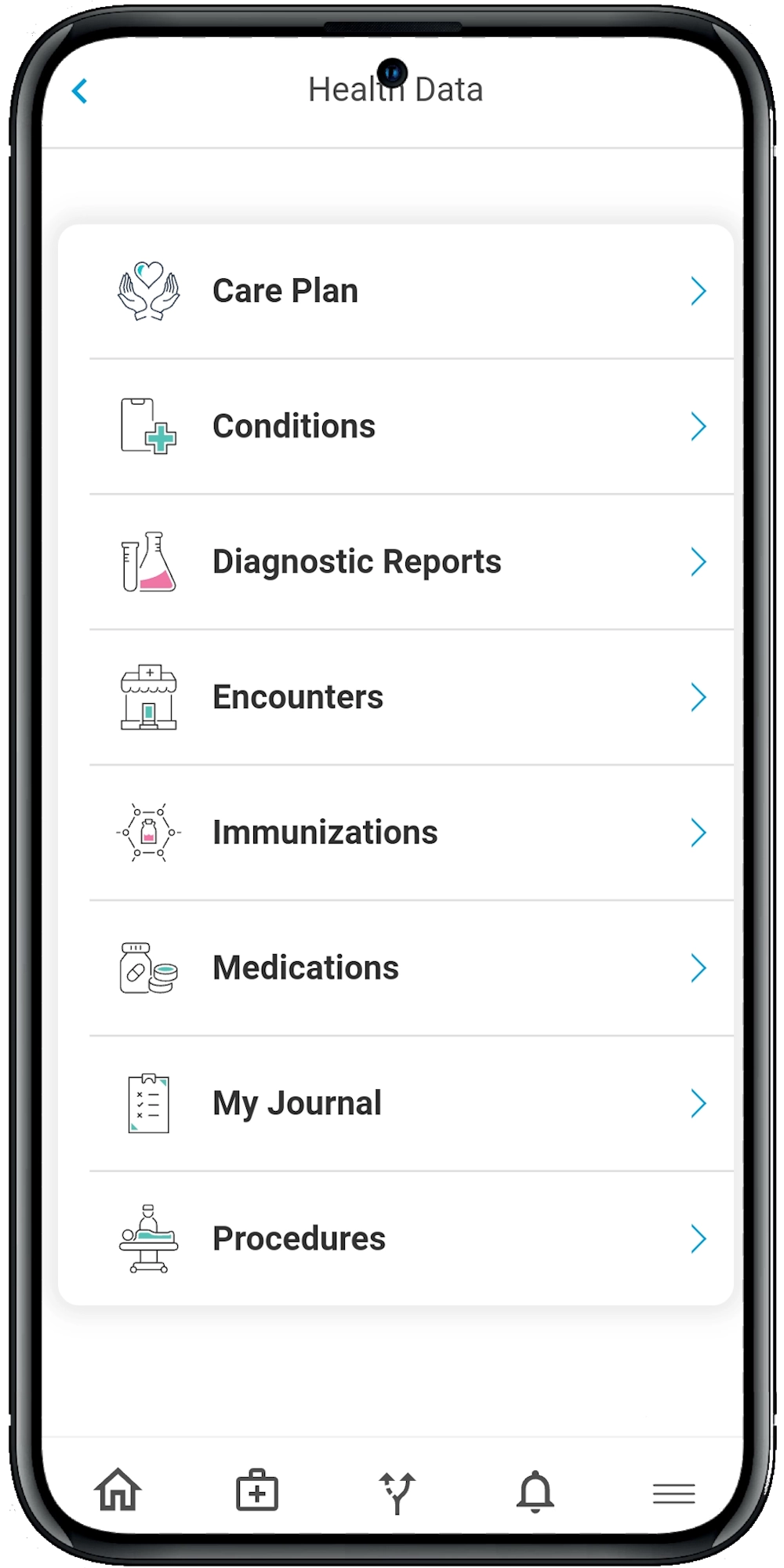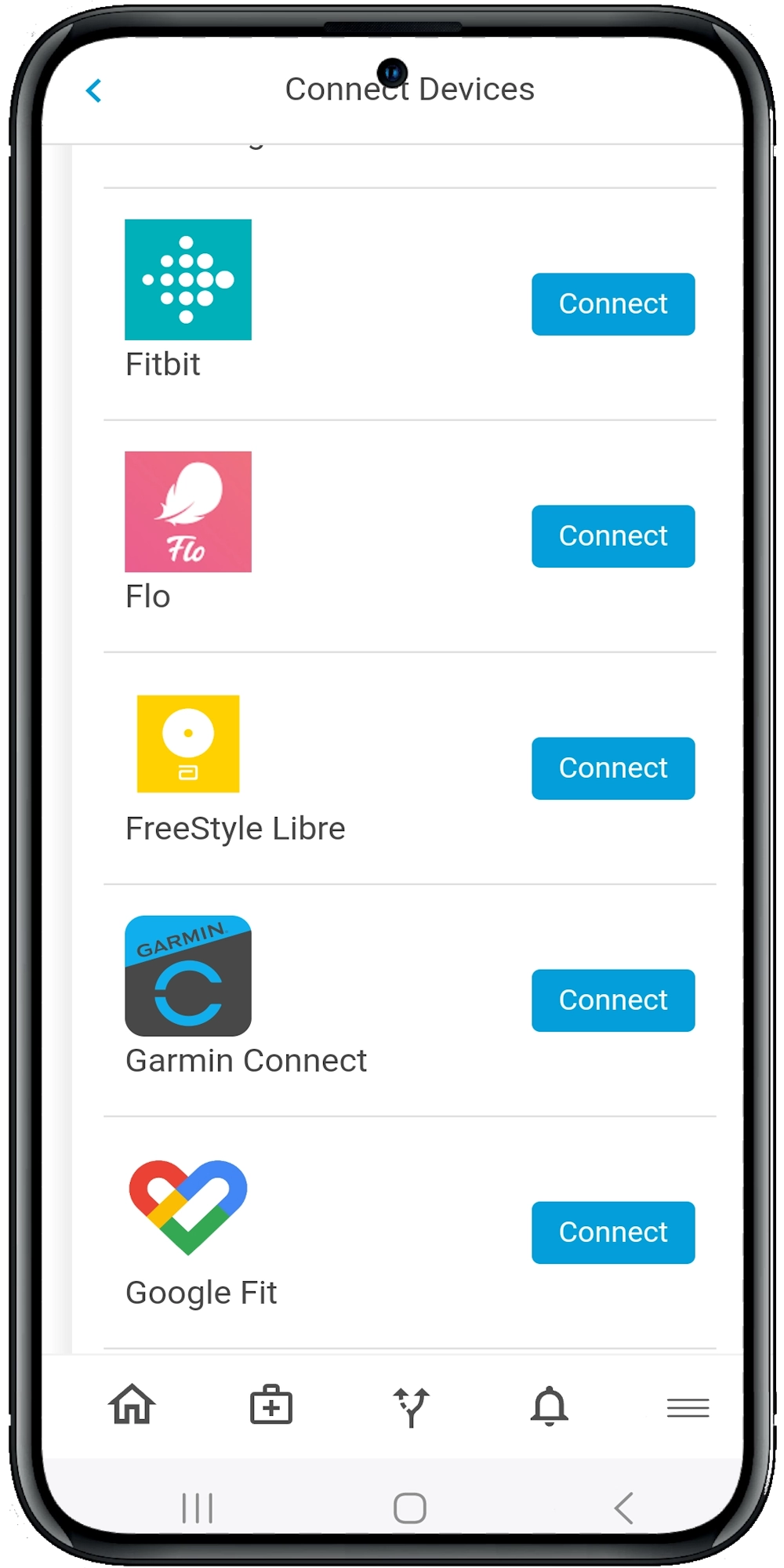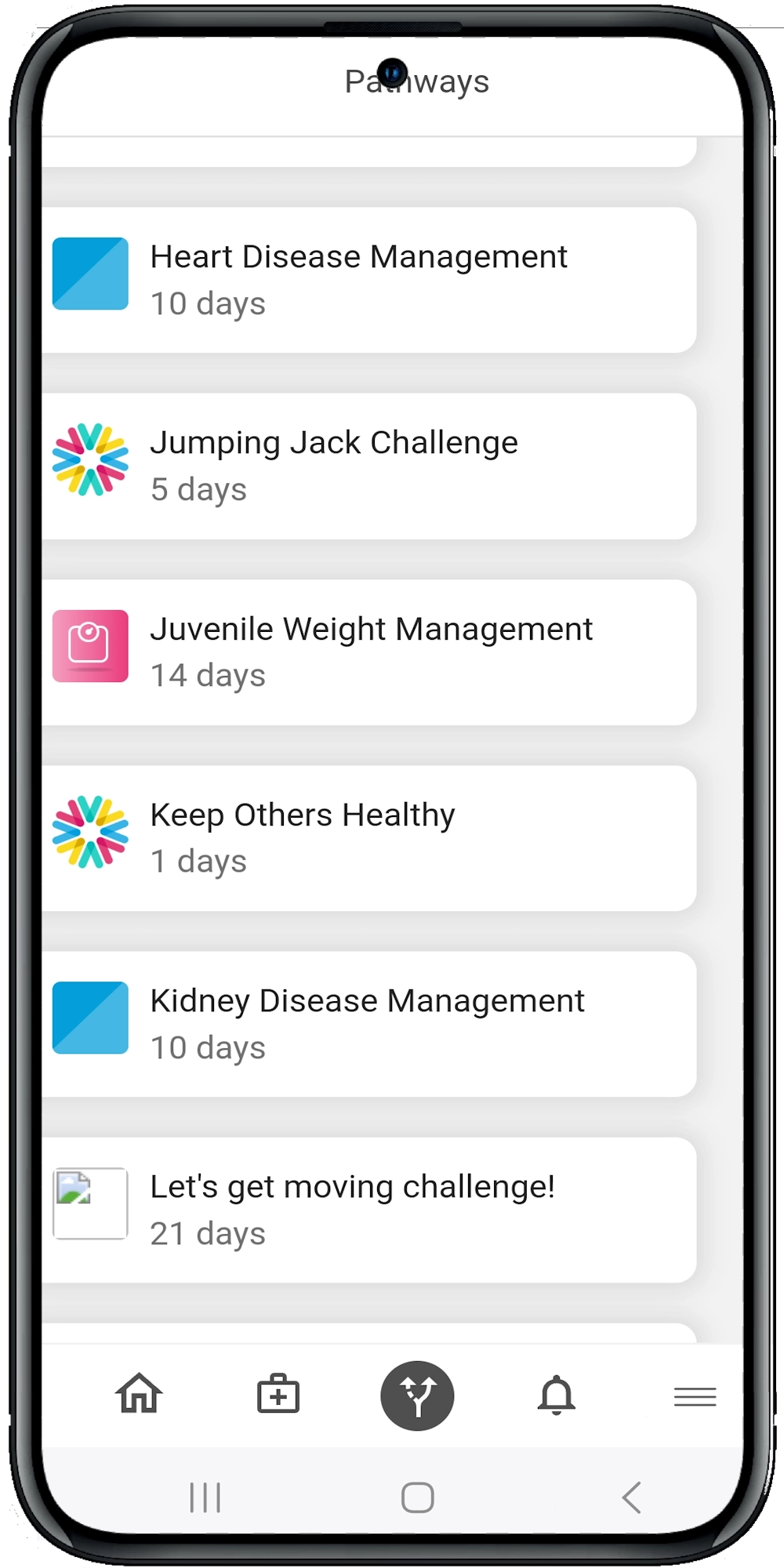Using Remote Patient Monitoring to Support Patient Self-Management
Understanding Remote Patient Monitoring (RPM)
First things first—what exactly is RPM? Remote Patient Monitoring involves the use of digital tools to collect and transmit patient data to healthcare providers in real-time. Think of it as having a virtual health assistant that keeps tabs on your patients’ vitals, symptoms, and overall well-being, without them having to step foot in your office.
The Role of RPM in Patient Self-Management
When it comes to chronic disease management, patient self-management is crucial. Empowering patients to take control of their health can lead to better outcomes and reduced healthcare costs. RPM plays a pivotal role in this empowerment by providing:
- Real-time Data: Continuous monitoring allows for timely interventions. Patients can see their progress and make informed decisions.
- Personalized Feedback: Tailored advice based on real-time data helps patients understand the impact of their lifestyle choices.
- Increased Engagement: Regular monitoring keeps patients engaged in their health journey, making them more likely to adhere to treatment plans.
Key Components of RPM for Self-Management
To effectively support patient self-management, RPM systems typically include the following components:
- Wearable Devices: These gadgets can monitor everything from heart rate and blood pressure to glucose levels and physical activity.
- Mobile Apps: User-friendly apps allow patients to track their health metrics, set goals, and receive feedback.
- Communication Tools: Secure messaging and video calls enable seamless communication between patients and healthcare providers.
- Data Analytics: Advanced algorithms analyze patient data to provide actionable insights.
Benefits of RPM for Healthcare Providers
For healthcare providers, RPM offers numerous advantages:
- Early Detection: Identifying potential issues before they become serious can prevent hospitalizations and emergency visits.
- Improved Efficiency: Automating data collection and analysis frees up time for healthcare providers to focus on patient care.
- Better Patient Outcomes: Continuous monitoring and timely interventions can lead to improved health outcomes and patient satisfaction.
Practical Steps to Implement RPM in Your Practice
Ready to incorporate RPM into your practice? Here are some practical steps to get started:
- Assess Your Needs: Identify the patient populations that would benefit most from RPM, such as those with chronic conditions like diabetes or hypertension.
- Choose the Right Tools: Select RPM devices and platforms that are user-friendly and compatible with your existing systems.
- Train Your Team: Ensure that your staff is well-versed in using RPM tools and interpreting the data.
- Educate Your Patients: Provide clear instructions and support to help patients understand how to use the devices and interpret their data.
- Monitor and Adjust: Continuously assess the effectiveness of your RPM program and make adjustments as needed.
Overcoming Challenges in RPM Implementation
Like any new technology, RPM comes with its challenges. Here are some common obstacles and how to overcome them:
- Data Overload: The sheer volume of data can be overwhelming. Use data analytics tools to filter and prioritize information.
- Patient Compliance: Not all patients may be tech-savvy. Offer training sessions and ongoing support to help them get comfortable with the technology.
- Privacy Concerns: Ensure that all data is stored and transmitted securely to comply with HIPAA regulations.
Real-World Examples of RPM in Action
To illustrate the power of RPM, let’s look at some real-world examples:
- Diabetes Management: Patients with diabetes can use continuous glucose monitors to track their blood sugar levels. The data is sent to their healthcare provider, who can adjust treatment plans in real-time.
- Heart Disease: Wearable devices can monitor heart rate and detect irregularities. Early detection of issues like arrhythmias can prevent serious complications.
- Chronic Obstructive Pulmonary Disease (COPD): RPM tools can track lung function and symptoms, allowing for timely interventions to prevent exacerbations.
The Future of RPM and Patient Self-Management
The future of RPM is bright, with advancements in technology making it more accessible and effective. Artificial intelligence and machine learning will further enhance data analysis, providing even more personalized and accurate feedback. As healthcare continues to evolve, RPM will play an increasingly important role in patient self-management and overall care.
Summary and Suggestions
Incorporating RPM into your practice can revolutionize patient self-management and improve health outcomes. By leveraging real-time data, personalized feedback, and seamless communication, RPM empowers patients to take control of their health. Ready to learn more? Explore our other resources or schedule a demo to see how our digital health platform can support your practice.




